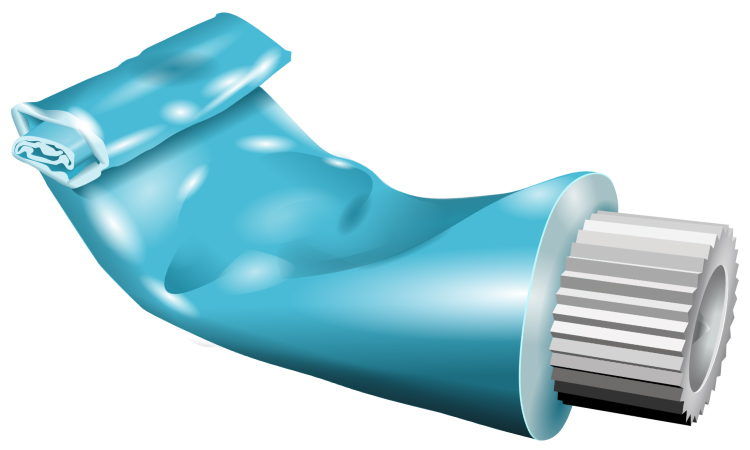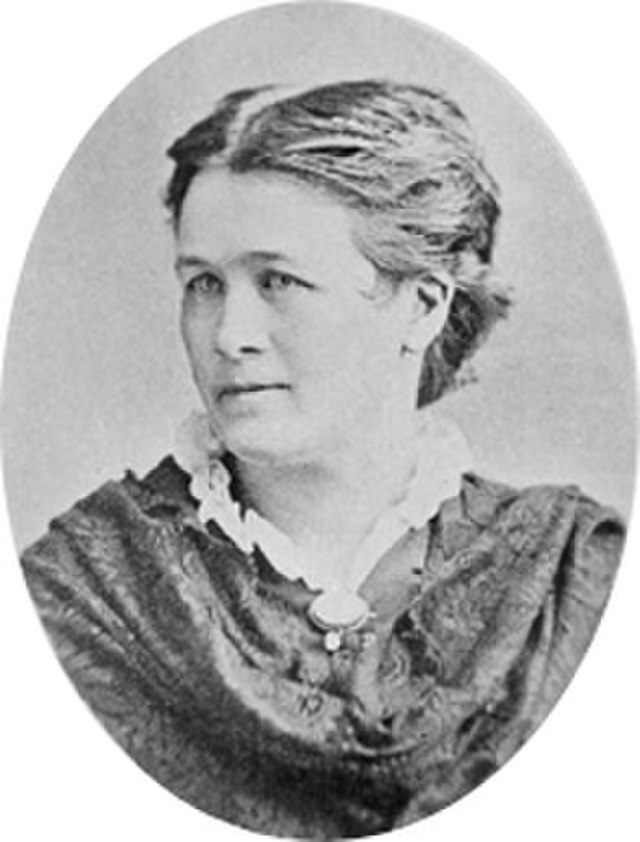In this post, we highlight dangerous social media dental fads and why you should think twice before trying them.
What Is Toothpaste Made From?

Let’s shed some light on a very important mouth-cleaning agent: toothpaste. Have you ever wondered what your toothpaste is made from? Most people use toothpaste every day with little to no thought about its origins or ingredients.
Brief Toothpaste Timeline
Modern toothpaste is relatively new, at just less than 200 years old. So, how did people used to clean their teeth?
- 5000 BC — The oldest known formula was created by the Egyptians. It included ox hooves, egg shells, and ground pumice. The Romans and Greeks used a more abrasive powder of crushed bones, oyster shells, charcoal, and bark.
- 500 BC — The Chinese added flavorings and breath fresheners like mint to their tooth powders.
- 1000 AD — The Persians used honey, burnt snail shells and gypsum, and dried animal parts.
- Middle Ages — People brushed with a rag, soot, and water. Many required tooth extractions due to dental decay.
- 1700s — Bicarbonate of soda, sugar, crushed china, and borax powder were used.
- 1800s — Soap and chalk were added to toothpastes.
- 1850 — Dr. Washington Sheffield, a chemist and dentist in Connecticut, mass-produced the first modern toothpaste in a jar. It was called “Dr. Sheffield’s Crème Dentifrice.”
- 1892 — Sheffield Dentifrice Company created the first collapsible tube of “Crème Dentifrice” toothpaste.
- 1945 — Soap was discontinued as a foaming agent in toothpaste.
Common Ingredients in Toothpaste Today
Fortunately, today we have a wide array of toothpastes to choose from that are smoother, better tasting, and more effective at safely cleaning our teeth and freshening our breath than earlier versions of toothpaste! Let’s take a look at common ingredients in many commercial toothpastes:
- Abrasives
The mild abrasives in toothpaste remove the bad gunk, like plaque, from our teeth. They also polish our teeth and remove surface stains for a brighter smile. Sodium bicarbonate (baking soda), calcium carbonate, dicalcium phosphate, hydrated silica, and alumina are commonly used abrasives in toothpaste.
- Humectants
Humectants, like pentatol, xylitol, sorbitol, and glycerin, give toothpaste its smooth and creamy texture. These allow the paste to retain its consistency by preventing water loss.
- Sugar-Free Sweeteners & Flavorings
For obvious reasons… we need our toothpaste to taste good if we use it in our mouth every day! Saccharin and xylitol are typical toothpaste sweeteners, and the most common flavorings are cinnamon, menthol, wintergreen, spearmint, and peppermint.
- Surfactants/Detergents
Sodium lauryl sulfate (SLS) gives toothpaste a nice foamy and lathering effect.
- Preservatives
Preservatives like methyl paraben, ethyl paraben, and sodium benzoate protect toothpaste from bacterial growth.
- Fluoride
Fluoride, a naturally occurring mineral, promotes remineralization of enamel, the outer layer of your teeth, and helps prevents tooth decay! This is often the most active ingredient found in toothpaste.
Ask us for Toothpaste Recommendations!
As you can see, toothpaste has come a very long way since the ancient Egyptians. It can even be a little overwhelming to find the right toothpaste for yourself these days. Don’t be afraid to ask our dentists at any of our five CarolinasDentist locations across North Carolina which toothpaste is right for you. Contact us to learn more about toothpaste, discover tips to improve your oral care routine, or to schedule your next dental cleaning and checkup appointment!









